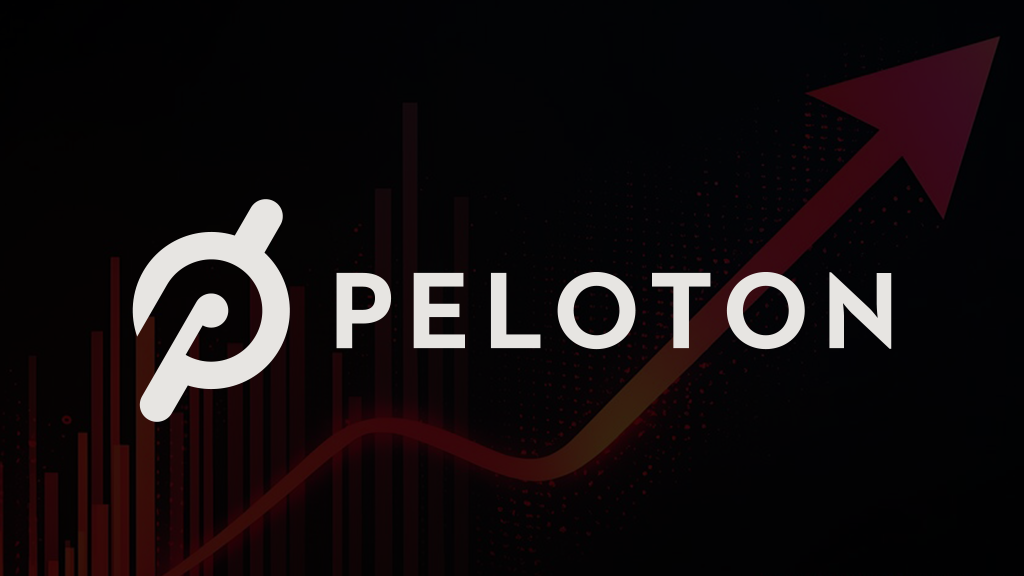Ang Onorato
Leadership Coach

Ang Onorato
Ang Onorato works with Executives, Entrepreneurs and mission-driven Leaders to help them build self-leadership and effective management strategies. She supports clients to identify and assess top talent and high-potential leaders that drive impact and increase business value. Ang is a business growth strategist who blends clinical psychology, executive search training & development and business together to create conscious leaders and business owners who impact the world. She has championed initiatives in areas like process improvement, executive coaching and trauma-informed leadership, succession planning and behavioral assessment.
Ang is tenacious in her approach to building long-standing relationships with candidates and clients, for driving efficient operational excellence and process improvements and identifying hidden talent in challenging markets. She is passionate about identifying and engaging talent, providing talent intelligence, and hiring top leaders that bring success to their respective companies, as well as transforming their own lives and communities.
She is also an Author and a Podcast Co-Host of “Founders Forum”, where her and her business partner interview innovative Founders and CEO’s of for profit and non-profit organizations and entrepreneurial business movements.
The Power (and ROI) of Trauma-Informed & Conscious Leadership
The concepts of Conscious and Trauma-Informed Leadership have been around for decades, but only recently have they gained traction in the business world.
John Mackey, the founder of Whole Foods, has been a driving force behind this momentum for decades. More recently, he helped usher these terms into our everyday vernacular through his two bestsellers, Conscious Capitalism and Conscious Leadership.
Bringing these concepts to light has been a vital part of raising awareness of their importance in leading profitable businesses and creating cultures that attract and retain top talent. Mackey explains how leaders and organizations can positively impact the “triple bottom line” of people, profits, and the planet by incorporating both concepts into an organization’s corporate DNA.
But what do these terms really mean? As a leader, what do you need to learn about these concepts, and why are they important? How can you integrate them into your leadership toolkit? Are they just trendy buzzwords, or is there a purpose behind them?
Effectively answering these questions is challenging to condense into one short article. Therefore, I have created a series of articles that will define, inspire, and reimagine the way we think about leadership and development through this lens. We need to open the aperture to understand different types of traumas, responses to them, the effects of trauma in the workplace, and how to raise overall awareness. We need to normalize the conversation around trauma because that is how leaders and corporations will truly make a global impact in the increasingly complex world in which we live and work.
Let’s start this series by defining some of the important elements.
Tyes of Trauma
Not all traumatic events are the same, and not all events are traumatic. However, every person carries a level of inner wounds that (often unconsciously) affect how they respond to daily life and work activities. There are many types and levels of trauma, but for our purposes here, we will look at two main types at a high level: individual and collective.
Individual Trauma
Individual Trauma typically occurs when an individual has been exposed to a significant event outside their control, whether it is a chronic condition, a catastrophic or stressful life event. It can also be a wound inflicted as a child when they did not have the cognitive development or emotional maturity at the time to cope with such life-altering events. As children, even innocuous events can become embedded as deep inner child wounds because a child does not possess any other way to control or make sense of the occurrence. Inner child wounds can then be triggered by any event in adult life.
Collective Trauma
Collective Trauma refers to events occurring in a group setting and can even be generational. Environmental, economic, political, and societal conditions, wars, gun violence – even pandemics – can create very deep and systemic wounds in people on a large scale. There is no way for people to hang up their jacket of trauma-related issues when they walk in the door of the office, especially if the wound affects a group of people collectively.
Conscious Leadership Defined
The term “consciousness” refers to having knowledge of something, particularly in relation to its impact on individuals and society. Conscious leadership, on the other hand, can be defined as being aware (conscious) of the effects that your actions have on others and the world at large (leadership).
Conscious leadership is based on the premise that leaders have a responsibility to create cultures in which people feel valued, respected, safe, and heard. It also means that leaders need to be self-aware and conscious of their own behaviors (wounds) and how their words and actions may affect others.
Trauma-Informed Leadership Defined
Trauma-informed leadership is a paradigm shift in how organizations are led and managed. It is a new model of management that considers the impact of trauma on individuals, teams, and entire organizations. Being trauma-informed means recognizing and validating the impact of trauma on our lives and the lives of those we lead.
It acknowledges that everyone experiences trauma differently, and there is no one-size-fits-all approach to healing or dealing with trauma. Each person deserves a level of understanding and space tailored specifically to them. Trauma-informed leadership understands that past trauma affects present behavior and highlights the importance of leaders attending to their own inner wounds, which can affect how they show up while leading others.
ROI In the Workplace
Conscious leadership is not only conceptual. There are numerous evidence-backed studies demonstrating the ROI of emotionally aware, conscious leaders and organizations. For example, recent studies by the Center for Creative Leadership found that companies with conscious leaders had significantly higher levels of productivity (which drives profitability) than those with leaders who were not.
Most importantly, however, any change or perceived advancement of a leadership model does not happen without it starting from the top! The executive leadership (CEO and C-Suite) must embrace this mindset and way of leading, or it will never truly take hold as it cascades down through an organization. Leaders must be supported to do this work, which in turn will ensure that the rest of the organization can benefit from this human-centered culture. Revenues, reputation and stakeholder engagement will then thrive.
Conscious Leadership plays a crucial role in driving organizational change and establishing a human-centered culture. For any change or advancement in the leadership model to be successful, it must start from the top, with the executive leadership team, including the CEO and C-Suite executives.
When the executive leadership embraces a mindset and way of leading that focuses on the well-being and development of their employees, it sets the tone for the entire organization. This top-down approach ensures that the principles of a human-centered culture are cascaded throughout the organization.
It’s important for leaders to be supported in this endeavor. They may require deep 1:1 work, training, coaching, education and resources to develop the necessary skills and mindset to lead in a human-centered way that focuses on “self-leadership”. Creating a supportive environment for leaders to learn and grow enables them to effectively implement and sustain transformational growth in all areas of an organization.
When a human-centered culture takes hold in an organization, it will have numerous benefits. In fact, a study by the Harvard Business Review found that conscious companies and leaders who are emotionally aware and self-integrated outperformed the S&P 500 by a factor of 10.5 over a 10-year period, over organizations that operate with a traditional style of leadership.
This massive growth was made possible because conscious organizations and leaders have higher levels of employee engagement, lower turnover rates, and better overall performance in all key functions than organizations operating with the more traditional command and control approach.
These studies reinforce the link between emotionally aware conscious leadership and financial and organizational health and success. Companies that invest in developing their leaders in these areas are likely to see a significant return on their investment.
Conscious leadership can lead to:
- Increased profitability: Leaders who develop awareness of their own emotions and behaviors (stay tuned for my next article on the “Awareness Wheel”) are more likely to make sound decisions, motivate and inspire their employees which directly increases profitability.
- Increased customer satisfaction: Customers are more likely to be satisfied with the experience of interfacing with companies that enjoy their work and organization. This increases customer retention.
- Increased innovation: Conscious leaders are more open channels for creativity and driving innovation within their organizations.
- Increased employee engagement: Employees become highly engaged when led by leaders who are tuned into them as holistic humans behind the work. This increases productivity and decreases turnover – lowering overall costs to the business.
When people feel safe and validated at work, companies benefit by retaining top talent and growing impactful future leaders through a home-grown succession plan.
Creating psychologically safe environments in the workplace builds trust, allowing people to feel secure enough to be their authentic selves at work. When people can learn to avoid trauma triggers in a work environment that keeps them stuck, their performance levels increase, and the company benefits tenfold from their work.
Trauma-informed leaders understand that they must adapt their leadership style based on the needs of the person or group they are leading. Often, this means engaging in more active listening and appropriate communication styles. It also means taking time to ask questions before making assumptions about what happened or why someone behaved in a certain way. Leaders must create space for people so that everyone feels heard. These are all critical pieces of the puzzle for leaders to create collaborative and thriving businesses as we head into the next generation of the “future-of-work”.
Leaders (and those they lead) will benefit from becoming mindful of the effect they can have when making business decisions and policies and avoiding the creation of toxic environments.
Often the conversation focuses on creating such environments for the employee base first, but large-scale cultural transformation must start at the top. Those leaders must also be effectively nurtured, inspired, and supported so they can cascade the approach and the learnings to the rest of the organization.
Stay tuned for the next article in this series as we delve deeper into how corporations can support their current leaders in becoming more conscious and informed. This is a critical and often overlooked step in other discussions on this topic.
Founders Forum Podcast
Get Unstuck: 6 Uncommon Ways to Make Your Business Explode

















































